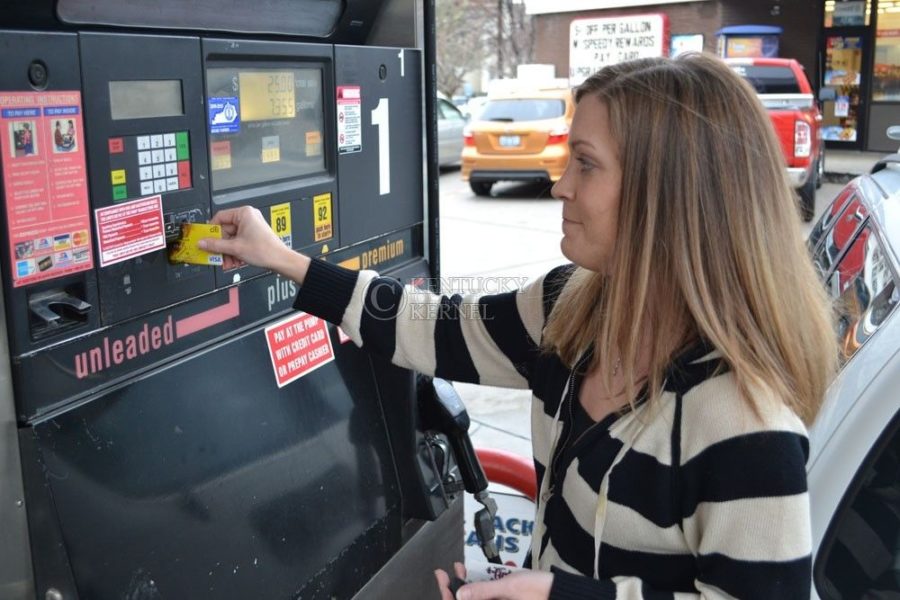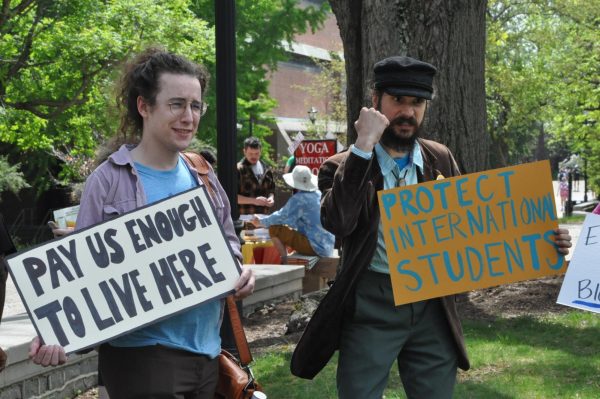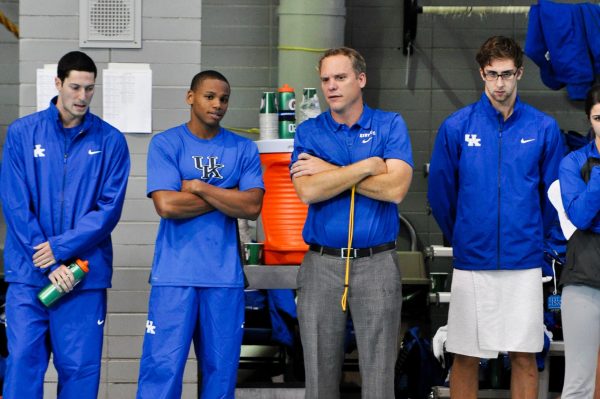Empty tanks, emptier pockets
March 10, 2011
As students prepare for spring break, the looming cost of rising gas prices lingers in their minds this year.
With turmoil in Libya, U.S. gas and oil prices have increased for 13 straight days, reaching an all-time national high.
Gas prices in Kentucky have jumped 9.8 cents per gallon, and the average cost this past week was around $3.45 per gallon, the Kentucky Post reported.
CNN said politicians see the situation getting worse in the upcoming months, predicting gas may rise to $5 a gallon.
For students traveling on spring break, this may cause holes in their wallets as they drive to vacation destinations.
“It’s kind of like a Catch-22,” nursing major Hillary Stoffer, who is driving during break, said. “Students think they’re saving money by driving and not flying, when really the rise in gas prices makes the trip more expensive this year.”
Students traveling to the California or Florida coasts should know these states are among ones with the highest gas prices.
According to the News Herald in Panama City, Fla., this past week Florida gas prices increased 13.6 cents per gallon, more than the national rate of 12.6 cents per gallon, averaging $3.53 at the pump.
In California, Americans are spending a $3.90 at the pump, reports the Central Valley Business Times.
Only Missouri and Wyoming still have average prices below $3 a gallon.
“For me, having to pay for my own gas makes me a more cautious driver during gas price increases,” nursing major Kirdy Koehler said. “I cut back on driving a lot during the week to save money.”
CNN reported that some politicians see tapping into the national oil reserves as a way to stabilize the gas price increases.
The Obama administration is considering using the reserves, but the petroleum industry insists that they are solely for a national emergency, and not to be used to cut gas prices down.
























































































































































